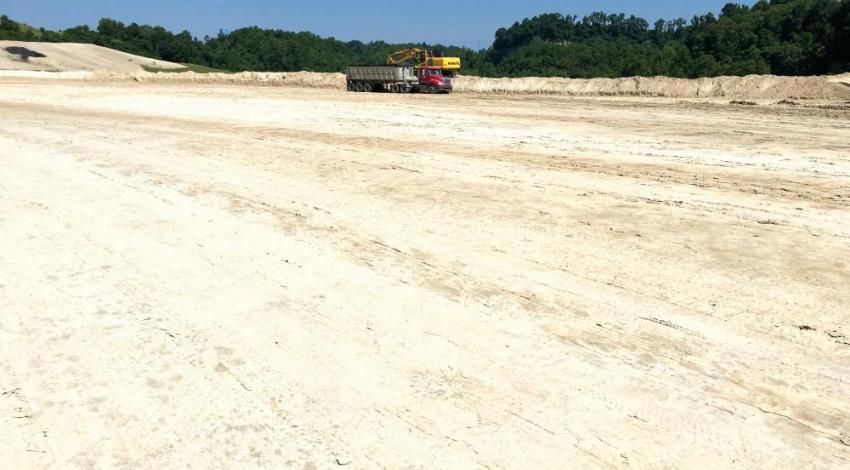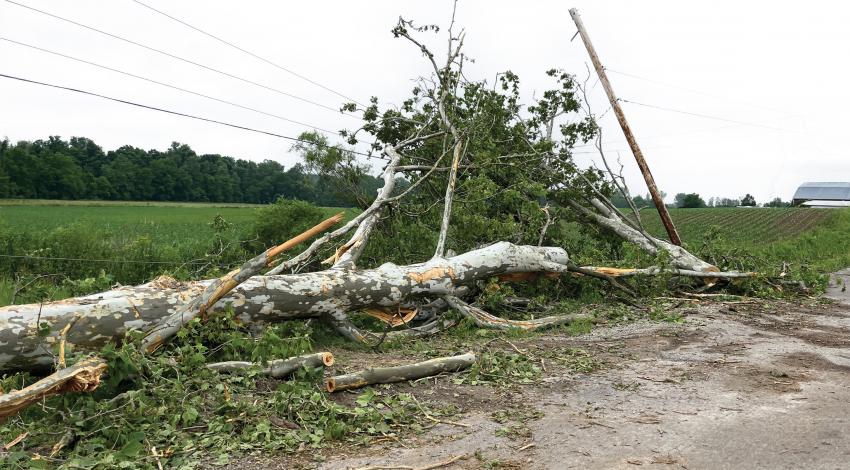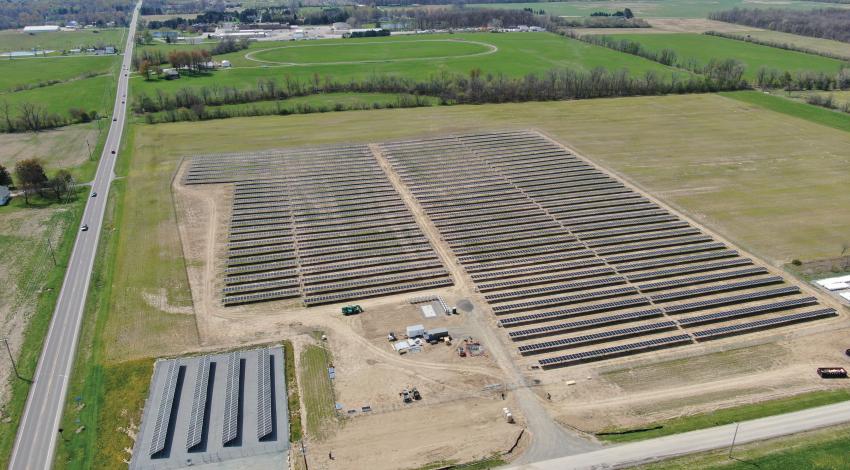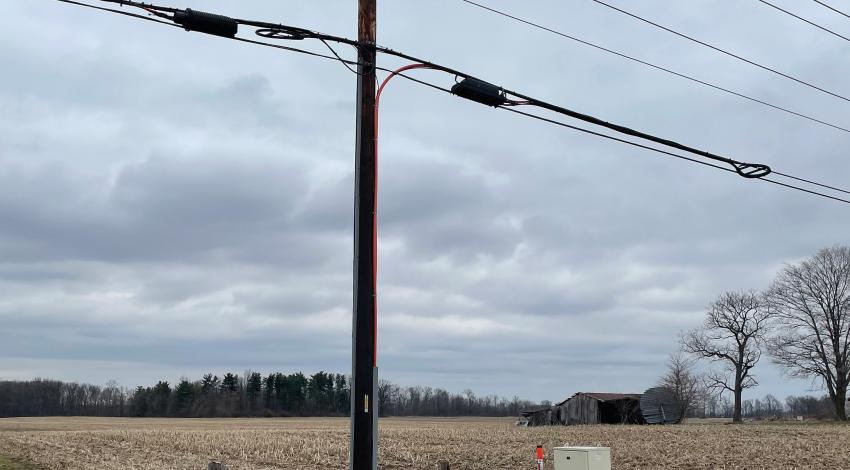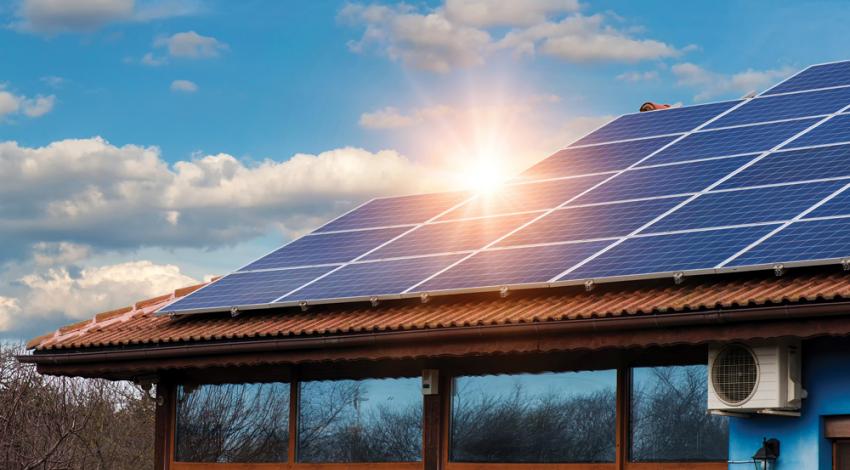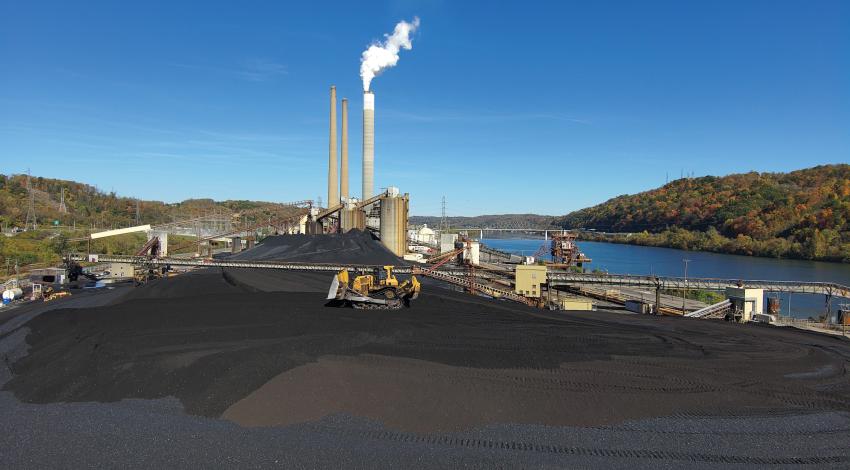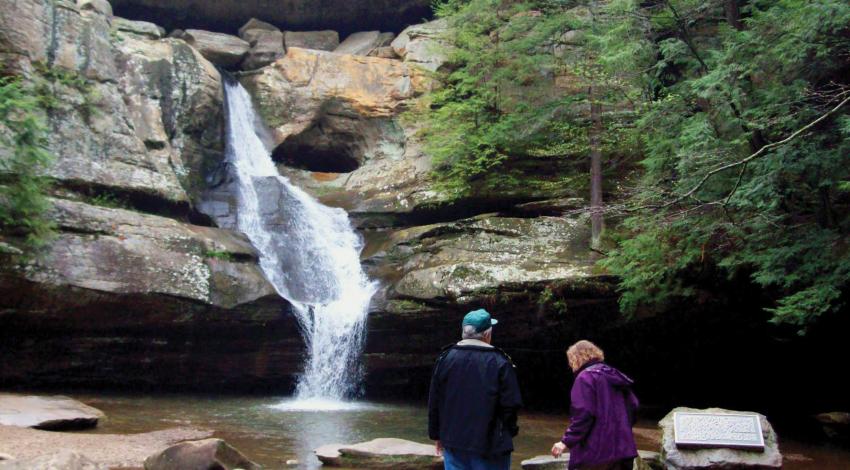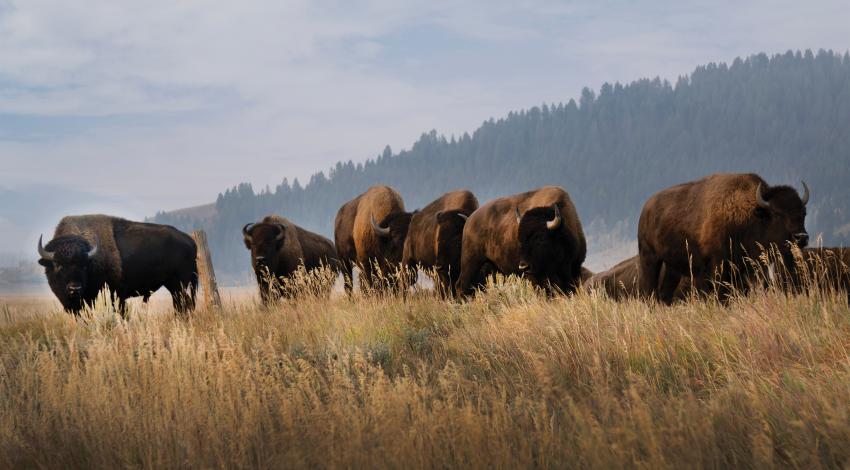The Cardinal Power Plant is difficult to miss.
A byproduct with value
In simple terms, the act of combustion produces heat, water, and carbon dioxide, and depending on the fuel being burned — in this case, coal — there are other byproducts.
Ohio’s electric cooperatives have invested more than
$1 billion in environmental systems to keep most of those other byproducts contained. One such system, the scrubbers, removes sulfur dioxide and converts it to synthetic gypsum. Synthetic gypsum has many uses, and it’s a key component in wallboard used in homes and businesses.
